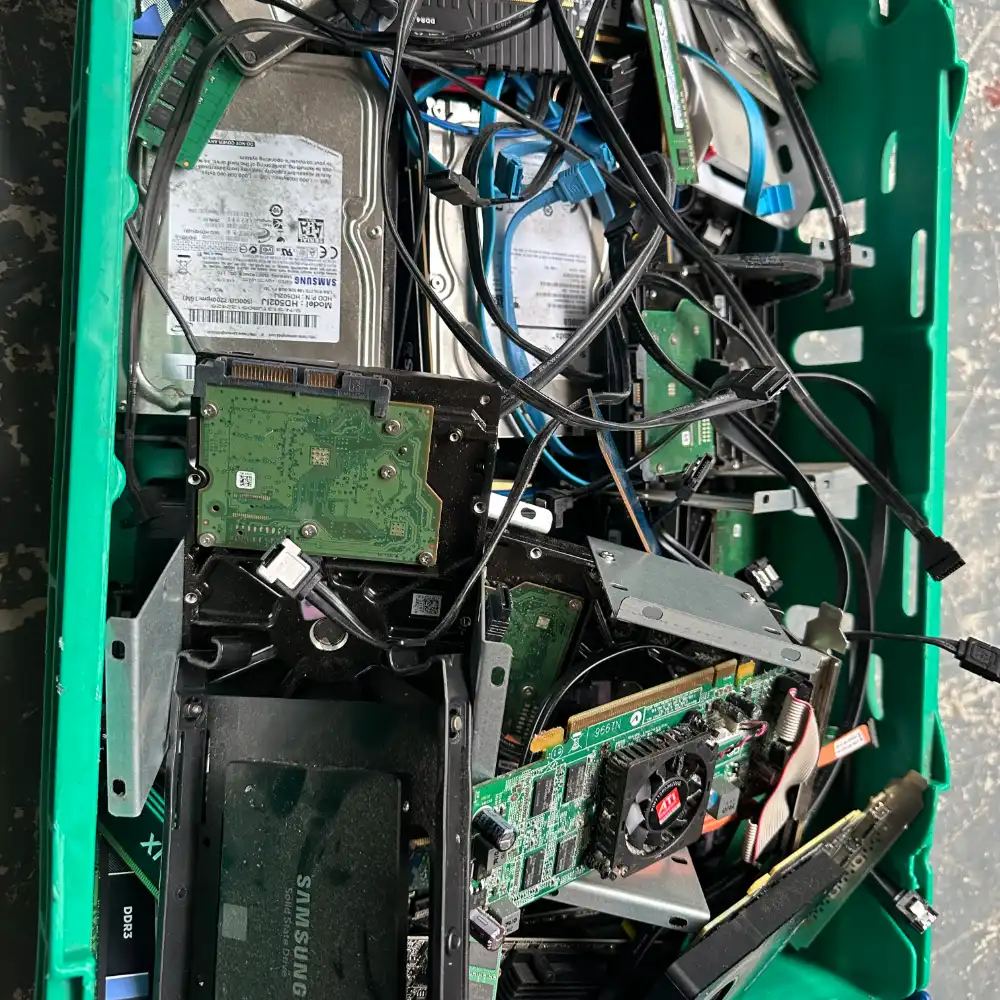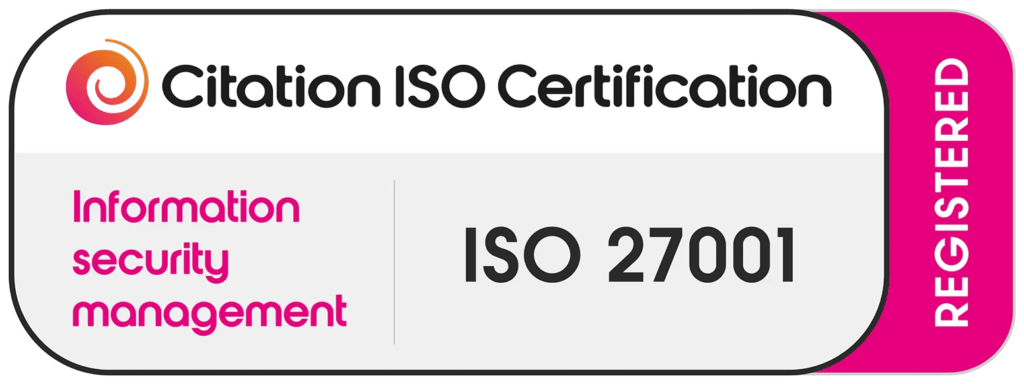Understanding E-Waste
Definition of E-Waste
E-waste Recycling, or IT waste, refers to discarded electronic devices that have reached the end of their useful life. This includes old smartphones, laptops, televisions, printers, and batteries. The rapid pace of technological advancements has led to an increase in electronic waste worldwide.
Common Sources of E-Waste
Electronic waste comes from a variety of sources, including:
- Household electronics – Phones, tablets, televisions, and kitchen appliances.
- Office equipment – Computers, printers, fax machines, and networking devices.
- Industrial electronics – Medical devices, electric tools, and automotive electronics.
With so many sources, it’s crucial to understand how to recycle electronic waste properly to prevent environmental damage.
Environmental Impact of E-Waste
Pollution from Hazardous Materials
E-waste contains toxic substances such as lead, mercury, and cadmium. When disposed of improperly, these substances can contaminate air, soil, and water. E-waste pollution and its effects are far-reaching, impacting both humans and wildlife.
Effects on Soil and Water Quality
When electronic waste is dumped in landfills, toxic chemicals seep into the ground, affecting soil quality. These chemicals can also enter water sources, posing a serious threat to ecosystems and drinking water supplies.
Impact on Wildlife and Human Health
Wildlife suffers when e-waste toxins disrupt food chains and habitats. Humans exposed to e-waste pollution risk respiratory issues, neurological disorders, and organ damage. This highlights why e-waste recycling is important for environmental and public health.
Benefits of E-Waste Recycling
Conservation of Natural Resources
Recycling e-waste allows valuable materials like gold, silver, copper, and rare earth metals to be recovered and reused. This reduces the need for new mining, conserving natural resources.
Reduction of Landfill Waste
Electronic devices take up a significant portion of landfill space. Recycling helps cut down on landfill waste and prevents hazardous substances from being released into the environment.
Energy Savings and Emission Reductions
Recycling electronics consumes far less energy than manufacturing new products from raw materials. This leads to lower greenhouse gas emissions, making e-waste recycling beneficial for the environment.
Challenges in E-Waste Recycling
Informal Recycling Practices
In many developing countries, informal e-waste recycling involves burning electronic components to extract metals. This releases toxic fumes into the air, causing serious health and environmental issues.
Lack of Public Awareness
Many people do not know how to recycle electronic waste properly, leading to improper disposal. Education and awareness campaigns are necessary to encourage responsible recycling habits.
Regulatory and Infrastructure Issues
Not all countries have strict e-waste regulations or recycling facilities. Certified e-waste recycling centers near me may be limited, making it difficult for consumers to dispose of their electronics responsibly.
How to Recycle E-Waste Properly
Identifying Recyclable Electronics
Common recyclable electronics include:
✔️ Smartphones & tablets
✔️ Laptops & desktops
✔️ Printers & scanners
✔️ Batteries & chargers
✔️ Televisions & monitors
Locating Certified E-Waste Recyclers
To find certified e-waste recycling centers near me, check:
- Manufacturer take-back programs
- Local government recycling facilities
- Retailer recycling initiatives
Steps for Safe Disposal at Home
- Backup important data before discarding devices.
- Remove batteries and other detachable parts.
- Erase personal information from electronic devices.
- Drop off items at an authorized recycling center.
Innovations in E-Waste Recycling Technologies
Advanced Separation Techniques
Modern recycling facilities use automated machines to separate metals, plastics, and glass, improving recycling efficiency.
Role of Artificial Intelligence in Sorting
AI-powered robots help sort e-waste faster and more accurately, reducing contamination in the recycling process.
Emerging Chemical Recycling Methods
New chemical methods extract valuable metals from e-waste without producing hazardous waste, making recycling more eco-friendly.
Role of Consumers in E-Waste Management
Extending the Lifespan of Electronics
To reduce waste, consumers should:
- Repair instead of replace old electronics.
- Use protective cases to extend device longevity.
- Keep software updated to improve performance.
Responsible Purchasing Decisions
Choosing durable, upgradable, and energy-efficient products helps minimize e-waste.
Participating in Take-Back Programs
Many manufacturers offer take-back programs to collect and recycle old devices. Participating in these programs is an eco-friendly way to reduce e-waste.
Government Policies and Regulations
International E-Waste Legislation
Many countries follow global e-waste agreements such as the Basel Convention, which regulates the transboundary movement of hazardous waste.
National Recycling Initiatives
Governments worldwide implement programs to promote electronic waste and global sustainability, including:
- EPR (Extended Producer Responsibility) Holding manufacturers accountable for recycling old electronics.
- Deposit Refund Schemes Providing financial incentives for returning old electronics.
Compliance and Enforcement Challenges
Many countries struggle to enforce e-waste laws, leading to illegal dumping and environmental harm.
Case Studies: Successful E-Waste Recycling Programs
Community-Led Recycling Efforts
Some communities have set up local e-waste collection drives, reducing the environmental impact of discarded electronics.
Corporate Responsibility Initiatives
Tech companies like Apple and Dell have implemented take-back and recycling programs to promote sustainability.
Educational Campaigns and Their Impact
School and workplace awareness programs educate people about best ways to dispose of old electronics, leading to increased recycling participation.
Conclusion
Summarizing the Importance of E-Waste Recycling
E-waste recycling is essential to prevent pollution, conserve resources, and reduce landfill waste. Proper recycling ensures valuable materials are recovered and reused.
Encouraging Proactive Participation
By making responsible choices repairing devices, using certified recyclers, and supporting take-back programs everyone can contribute to a sustainable future. Recycling e-waste protects the planet, conserves energy, and promotes a cleaner environment.
Frequently Asked Questions (FAQs)
What items are considered e-waste?
E-waste includes mobile phones, laptops, batteries, televisions, printers, and other electronic devices.
How can I find a certified e-waste recycler near me?
Check manufacturer programs, local recycling centers, or use online directories.
What are the dangers of improper e-waste disposal?
Improper disposal leads to soil, water, and air pollution, harming both humans and wildlife.
Can e-waste be thrown in regular trash bins?
No, e-waste contains hazardous materials and should be properly recycled.
Are there any costs associated with e-waste recycling?
Some recycling centers charge a fee, while others offer free drop-off programs.


